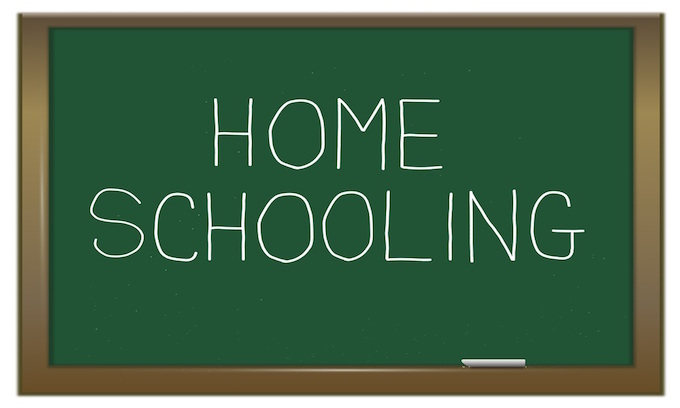Homeschoolers in America proved to score decisively better on the Scholastic Aptitude Test (SAT) than their peers in conventional public and private schools, outperforming the national average by more than 100 points.
The National Home Education Research Institute (NHERI) published its recent findings showing that homeschoolers are more than academically competitive with students attending brick-and-mortar schools across America — they are far superior.
The study included the results of 13,549 homeschool seniors who took the SAT in 2014 and compared their results with all high school seniors in the United States who also took College Board-administered reasoning test designed to assess college-bound students in writing, mathematics and critical reading.
Overall, approximately 1.7 million American students — mostly high school seniors and juniors — participated in the SAT in 2014. The Home School Legal Defense Association (HSLDA) reports that the SAT and ACT are considered to make up the vast majority of college entrance exams administered to students in the U.S.
The results speak for themselves
After tallying up the statistics, NHERI divulged that homeschoolers registered significantly higher marks in all three categories measured.
Home educated students scored an average of 567 in critical reading, compared to the 497 national average for high school seniors — a difference of 70 points.
Homeschoolers also outperformed the average high school senior in mathematics 521–513, boasting an 8-point advantage.
In the final area, writing, homeschooled seniors scored 535, next to a considerably lower 487 national average — nearly 50 points higher.
Overall, across the three disciplines, homeschool seniors scored 126 points higher than the national average (1,623 to 1,497) — a marked accomplishment considering that the 96–97 percent of students in America who do not homeschool receive their education from mostly credentialed teachers.
Analyzing the results
For many years, education researchers have stressed the virtues and benefits of one-to-one instruction for youth — a key characteristic that sets homeschooling above the instruction received in traditional schools, which is closer to one teacher per 20 students. However, whether homeschooling or traditional school requires the right study method and values for the students. Online sites like https://examgenius.org helps students to find the right prep materials for SAT exams which can give them a higher chance of success along with hard work.
HSLDA Federal Relations Deputy Director Andrew Mullins says that even though education experts have pointed out the many advantages of homeschooling over the years, the exact explanation for homeschoolers’ higher performance on the SAT and ACT has not yet been pin-pointed.
“It is worth noting that thorough analysis has not been conducted to predict if any other variables — such as demographics, income, and parent’s education — might be responsible for the above-average homeschool scores,”Mullins explains. “However, this data strongly correlates with score trends seen in prior SAT and ACT research.”
Contradicting public school official’s frequent criticism of homeschooling as providing an inadequate learning environment for children, Mullins maintains that home instruction produces superior students who are academically and socially conditioned to succeed in college and the workforce after high school graduation.
“While there is definitely more to successful academics than standardized test performances, 2014’s SAT scores demonstrate that today’s homeschooled students are among the best and brightest students in the United States,” Mullins continued. “It is little wonder, then, that the popularity of homeschooling has exploded in recent years.”
A proliferating movement
With the number of homeschoolers in America raising from tens of thousands in the 1980s to millions today, more and more parents are recognizing the advantages of teaching their own — especially with the declining state of public schools in the U.S. and the greatly criticized federalization of school standards via the Common Core, which is currently being implemented nationwide.
“The total number of homeschoolers has risen from 1.1 million in 2003 to somewhere between 1.8 and 2.1 million students today,” Collins pointed out. “While homeschooled students still only make up about 3–4 percent of theentire student population, parents are increasingly turning to homeschooling as a worthy academic alternative to traditional school systems.”
Studies conducted by NHERI — and other organizations dedicated to revealing the facts that prove the practicality and benefits of homeschooling — are believed to provide critically needed information that parents can use to gain confidence that teaching from home can provide a rewarding and superior educational experience for their children.
“Research demonstrating the academic ability of homeschooled students is important in establishing homeschooling as a viable and robust form of education,” Mullins asserts. “As homeschooling grows and homeschooled students make up an increasing percentage of the college and workforce population, HSLDA will continue to lead the charge in the fight against discrimination [often at the hands of bullying public school officials].”
—-
Copyright American Family News. Reprinted with permission.



















Recent Comments